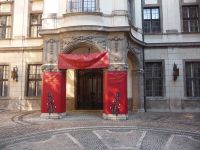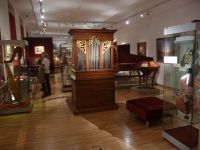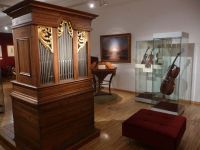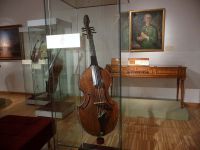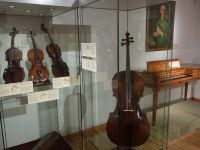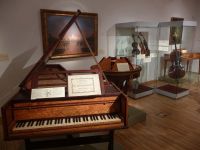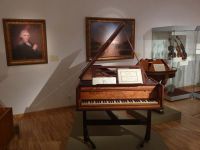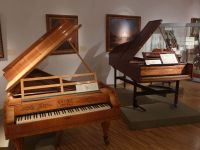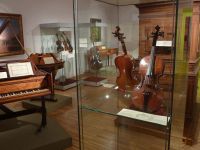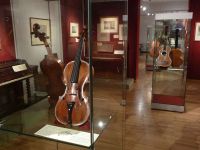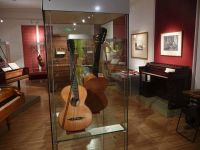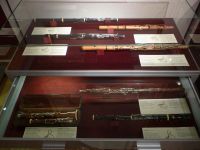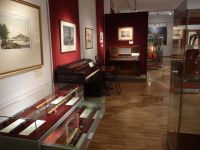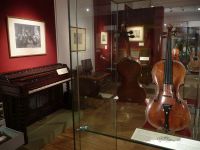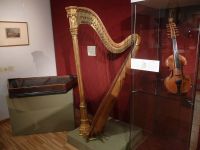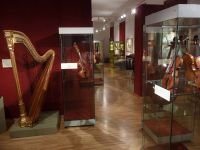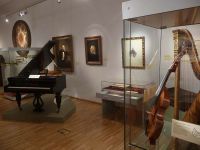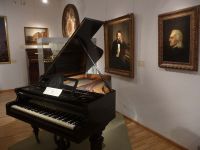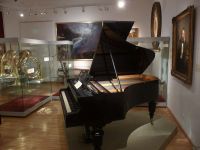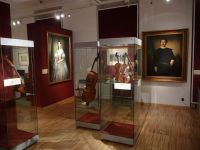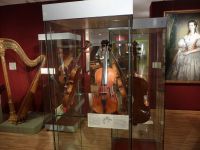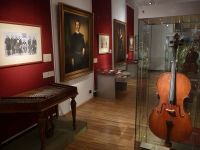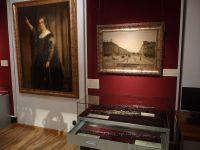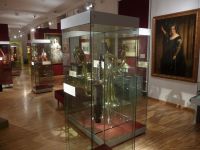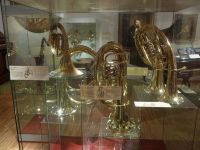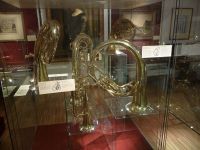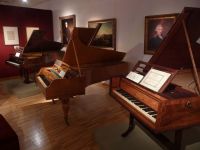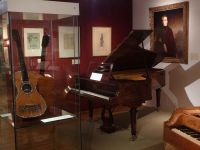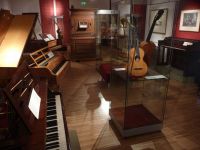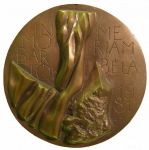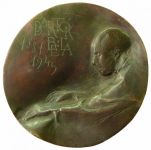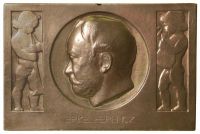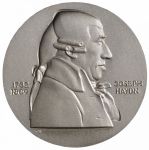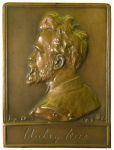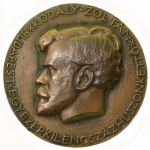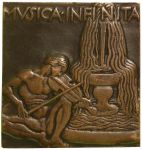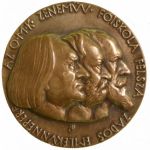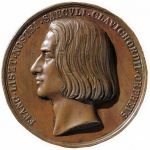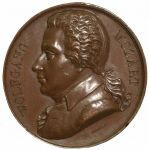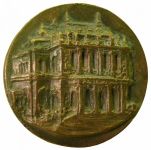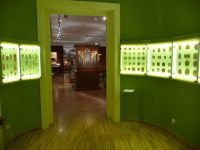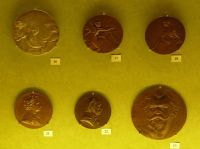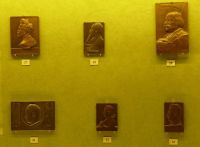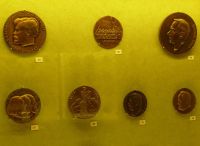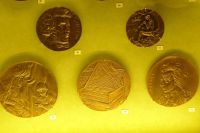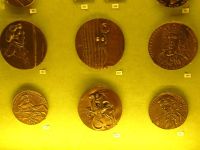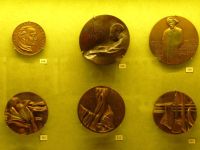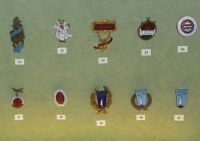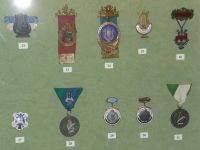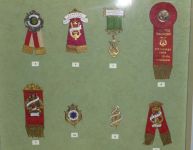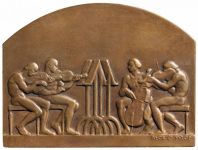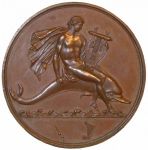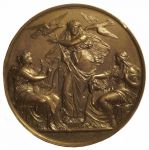|
A Zenetudományi Intézet vezetése az újabb átszervezéssel kapcsolatban teljes mértékben egyetért az MTA Zenetudományi Bizottság ez ügyben kiadott állásfoglalásával: A magyar zenetudományi kutatás intézményes kezdetei, Bartók Béla és Kodály Zoltán úttörő és nemzetközi jelentőségű népzene-rendszerezői tevékenysége révén, a Magyar Tudományos Akadémiához kötődnek. A Magyar Tudományos Akadémia alapította azt a két műhelyt – a Népzenekutató Csoportot és a Bartók Archívumot –, amelyből később az MTA Zenetudományi Intézete létrejött. A jelenleg a Bölcsészettudományi Kutatóközpont Zenetudományi Intézetében őrzött és gondozott, a nemzeti kulturális örökség részét képező nagy zenei gyűjtemények – a Bartók Archívum, a Népzenei és Néptánc Archívum, a 20–21. Századi Magyar Zenei Archívum és a Zenetörténeti Múzeum – a Magyar Tudományos Akadémia tulajdonában állnak, és ezeknek a kivételes értékű gyűjteményeknek méltó őrzőhelye a szintén MTA tulajdonú Erdődy-Hatvany palota. A Zenetudományi Intézetnek az Eötvös Loránd Tudományegyetemhez való csatolása minden ésszerű elgondolásnak ellentmond, és semmiféle történeti vagy praktikus érv nem szól mellette. Az MTA Zenetudományi Bizottsága üdvözli az MTA Elnöksége 2025. június 24-i állásfoglalását, amely szerint az MTA a megfelelő működési költségek és bérek biztosítása esetén kész átvenni a HUN-REN-ről leválasztott négy kutatóközpontot, a hazai nemzeti kutatások letéteményeseit: ezen intézmények, köztük a Zenetudományi Intézet finanszírozásának azonnali rendezése és hosszútávú biztosítása, a nyugodt munkakörülmények megteremtése nemcsak a magyar tudományosság, de a nemzet érdeke. A Zenetudományi Intézet gyűjteményeinek működtetését, kutatási eredményeinek a nemzeti kultúrába való szerves beépülését és kiemelkedő nemzetközi elismertségének fenntartását csak a Magyar Tudományos Akadémia biztosíthatja.
|
Exhibitions in the Museum of Music History
Musical instruments in Hungary
Exhibition of the Museum of Music History in its 4th room
Curator: Anna BARANYI
PERMANENT EXHIBITION
The exhibition is open: From 1 October 2012
Since its foundation in 1969, the Museum of Music History of the Institute of Musicology, Research Centre for the Humanities, HAS collects surviving objects and material remains related to music history in Hungary – musical instruments in the first place, as well as works of fine art linked with musical life, particularly medals with musical subject. A selection of our instrument collection is put on display at the present exhibition. According to the conception, following a chronological order, our visitors will have an insight into the change and development of musical instruments from the mid-18th century to the second decade of the 20th century. Prominence is given to works made by Hungarian instrument makers and manufacturers, besides, a number of distinguished foreign makers are also represented, an instrument standing for each. Related to the instruments, a selection of period scores from the collection of the Library of the Institute of Musicology as well as a selection of works of fine arts from the collections of the Hungarian National Museum, Hungarian National Gallery, Budapest History Museum and Hungarian National Bank provide a cultural-historical context for the musical instruments by showing depictions of persons and places that played an important role in the history of 18–19th century Hungarian musical life.
The earliest pieces – the positive organ, the simple pedal harp, the square piano, the viola da gamba, the clavichord and the instruments of a string quartet – were made in the 18th century, include works by Hungarians and foreign makers alike. Pianos made by Londoner, Parisian, Viennese and local (Pest) manufactures dominate the roompart showing exhibits from the first half of the 19th century. The most outstanding Viennese and Pressburger woodwind instrument makers of the period are represented with flutes or oboes. Some beautifully handcrafted guitars and violins also feature in the room. Similarly to pianos these were particularly favoured instruments of the bourgeoisie. On loan from the Museum of Applied Arts, a special notestand, a sextet table is included, too.
In the third part of the exhibition, instruments by renowned Hungarian violin makers illustrate the continuous existence of violin making in Hungary, and the most significant piano manufacturer of the 19th century, Lajos Beregszászy is also represented by one of his works. Most of the wind instruments exhibited here are made by Imperial and Royal Musical Instrument Making Factories. These companies manufactured a great variety of instruments in mass-production to meet the requirements of a wider public, however, kept themselves to the highest standards. Particular attention is given to instruments considered typically Hungarian, the tárogató and the cimbalom, that was first used in a symphonic orchestra by Ferenc Erkel. Also here, visitors will be able to see works of fine arts and instruments that stress the importance of the role Hungarian national opera, entwined with Erkel’s name, played in 19th century musical life in Hungary.
Pictures of the exhibition:
Musical medals:
Directed by: Anna Baranyi
Participants: Péter Gerő, László Gombos, Ágnes Mészáros
Sponsored by:
National Cultural Fund




